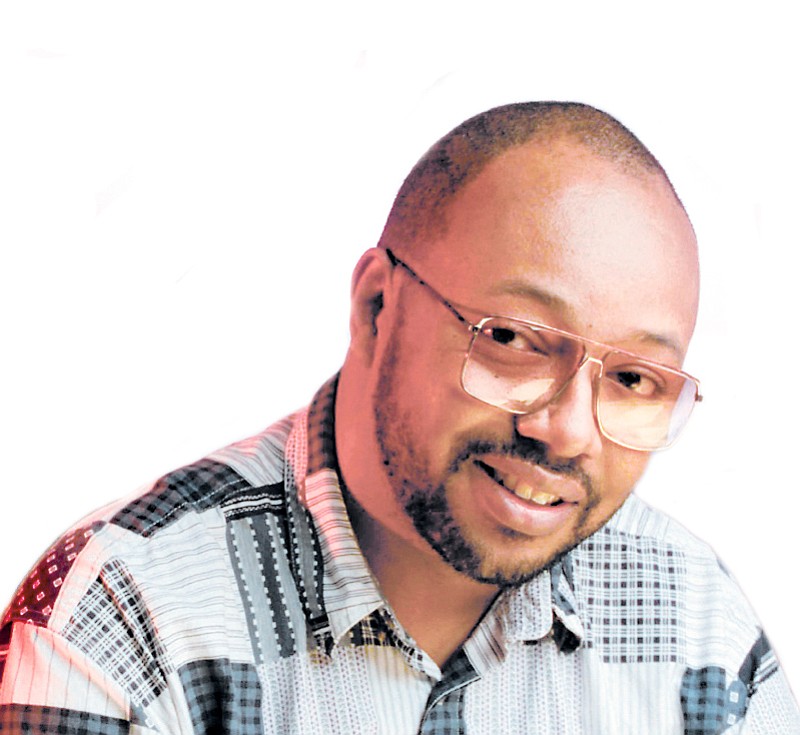On the Thursday before Baltimore burned, Mr. Lee went to Washington.
He didn’t have far to go. Rev. Tony Lee is the 46-year-old pastor of Community of Hope, an AME church housed in a shopping mall in Hillcrest Heights, Md., just minutes from the D.C. line. Under the auspices of the National Coalition on Black Civic Participation, a Washington-based advocacy group, he led a delegation of 200 African-American men to Capitol Hill. They went to their capital to talk to their legislators about issues that impact their lives: Racially stratified policing, education reform, voting rights, and more.
It was not about protest. It was about policy.
“Protests,” Lee told me in a telephone interview, “are one way that pushes people’s feet to the fire. Whatever the issue is, it’s brought to the forefront. But … there’s still a need for people to do legislative advocacy, dealing with policy, whether it’s from the national to the local, showing people how to be engaged and (affecting) the policies that have such direct impact.”
Too often, said Lee, African-Americans have focused solely on protest — an important element of social change, but not the only one. He used the analogy of weightlifters that focus solely on building upper-body mass while “their legs are toothpicks. … In many ways, our policy legs are like toothpicks. Most people don’t know how to engage that.”
Full disclosure: I’ve known Rev. Tony Lee for about eight years. He christened my granddaughter. And I couldn’t think of a better person to respond to Tracy. As I said in my last column, she is a reader from Austin, Texas, a 55-year-old white woman, who wrote me that she is heartsick about police violence against unarmed African-American men. I decided to focus a series of columns — open-ended and running irregularly — on finding answers to the question she asked me: “What can I do?”



